Imagine a world where tiny humans—no taller than a modern eight-year-old—trekked through dense tropical forests, leaving behind footprints that would puzzle scientists for thousands of years. In the shadowy caves of northern Luzon, Philippines, a groundbreaking discovery has rewritten the story of our ancient relatives. Meet Homo luzonensis, a pint-sized ancestor whose existence is as mysterious as it is awe-inspiring. Their story is not just about bones and teeth, but about how the human family tree is far more tangled and surprising than we ever dreamed. Prepare to be captivated—because the tale of these “hobbit-like” people will challenge everything you thought you knew about what it means to be human.
Unearthing a Mystery in Callao Cave
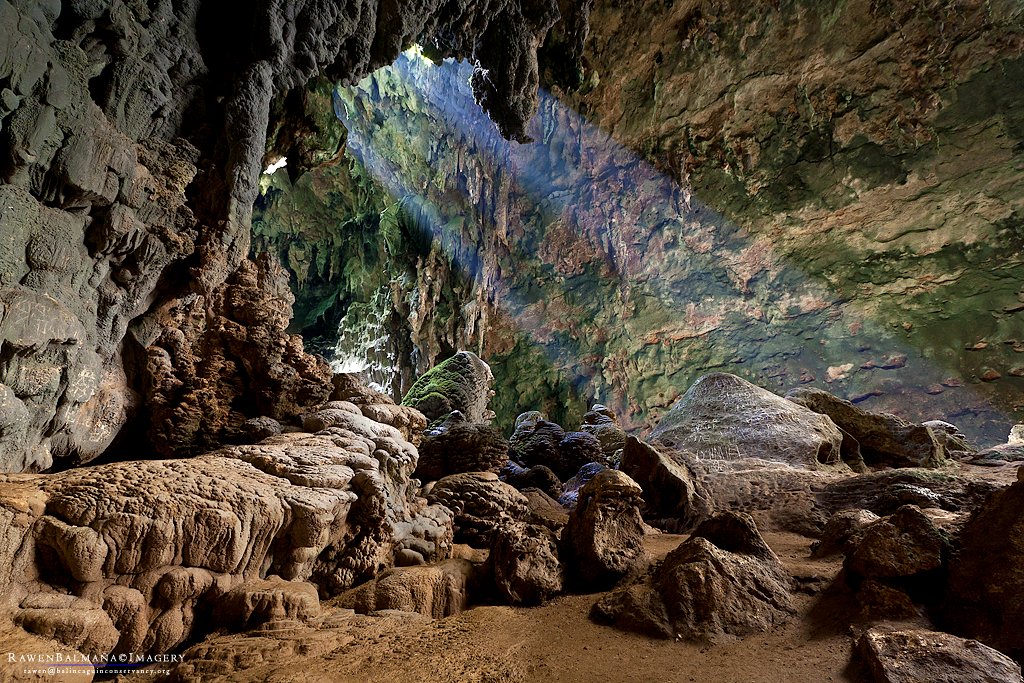
Deep within the limestone chambers of Callao Cave, a team of researchers stumbled upon something utterly unexpected in 2007: tiny bones and teeth, unlike any found before in Southeast Asia. These remains were unlike those of modern humans, yet unmistakably human in origin. Over a decade of painstaking excavation and analysis revealed an astonishing truth—this was a new species, one that had walked the earth as recently as 50,000 years ago. The excitement was palpable; the scientific community buzzed with speculation and wonder. Each fragment of bone hinted at a lost world, right in the heart of the Philippine archipelago. The cave, once a silent witness to ancient lives, became the stage for a remarkable chapter in human evolution.
Tiny Stature, Big Questions
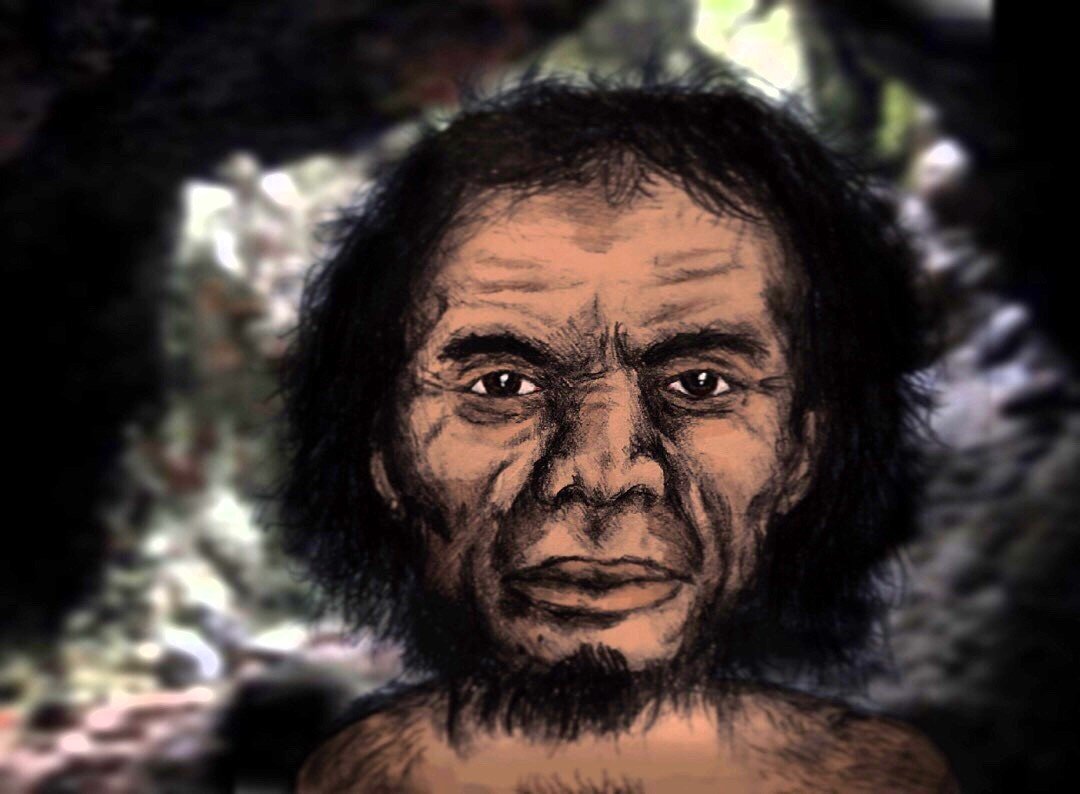
Standing barely over a meter tall, Homo luzonensis invites easy comparisons to the famous “hobbits” of Indonesia’s Flores Island, Homo floresiensis. Yet, these diminutive humans are no copycats—Homo luzonensis had their own unique blend of features, setting them apart from any other known species. Their small size begs questions: Why were they so tiny? Was it an adaptation to island life, a phenomenon scientists call “insular dwarfism”? Or did their small stature arise from an evolutionary path we have yet to fully understand? The mystery grows deeper with every new fossil unearthed. Their very existence forces us to reconsider what it means to be human, and how many different ways our ancient relatives might have adapted to the world around them.
Strange but Familiar Bones

The bones of Homo luzonensis tell a story that is both strange and familiar. Their curved toe bones suggest an ability to climb trees, a trait shared with much older human ancestors like Australopithecus. Yet, their teeth bear a closer resemblance to our own, with some features echoing early Homo sapiens. This odd mix of ancient and modern traits puzzled researchers. Were these people a side branch of the human family tree, or the result of mixing between different hominin species? The answers remain elusive, but the bones whisper of a life spent navigating both ground and canopy, surviving in a world teeming with challenges.
How Old Are They?
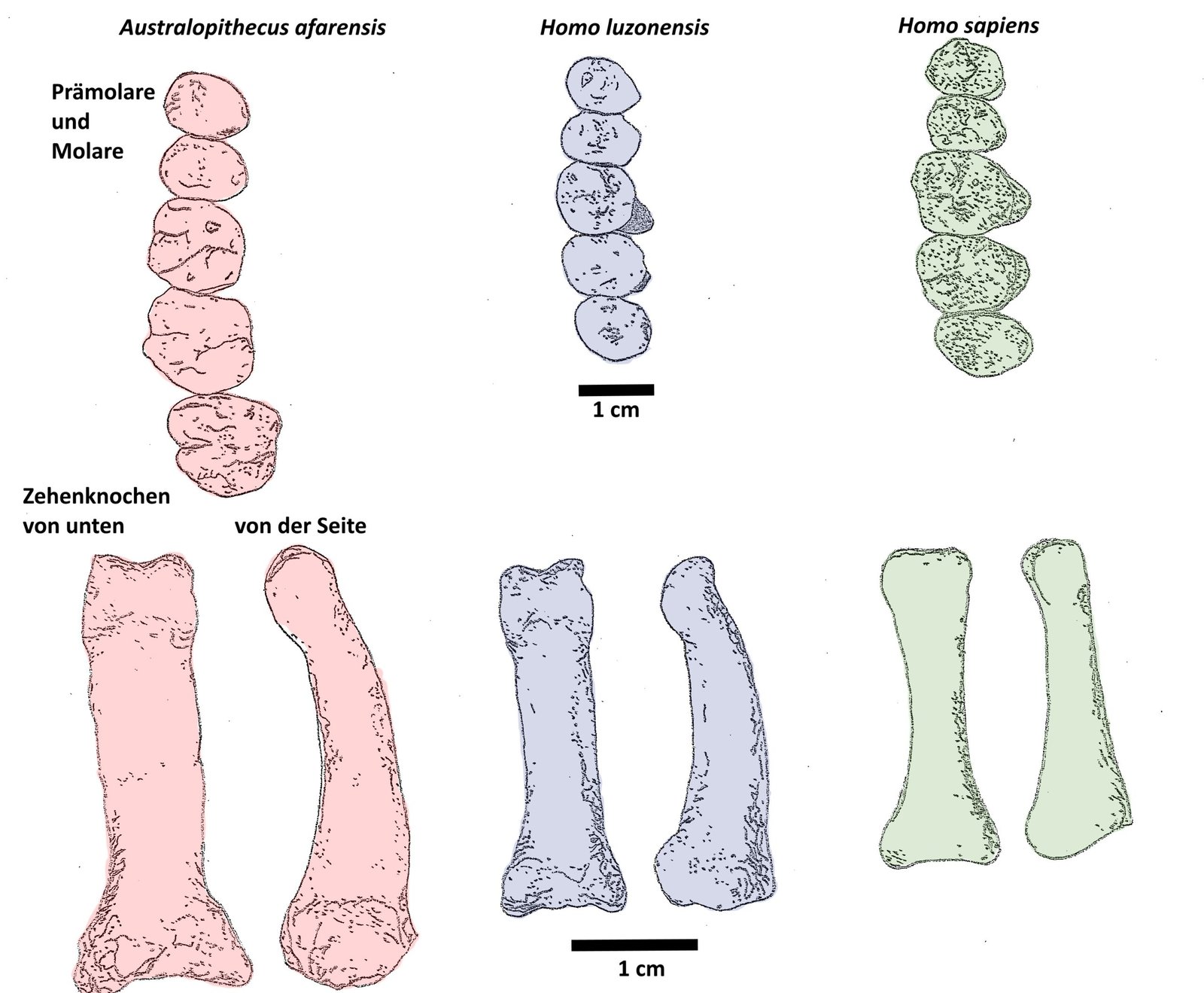
Dating techniques revealed that Homo luzonensis lived on Luzon between 67,000 and 50,000 years ago. This means they shared the earth with other ancient humans, like Neanderthals and Denisovans, as well as our own species. The timeline is astonishing—these tiny humans persisted long after many of their ancient cousins had vanished. Their survival on an isolated island hints at a resilience and adaptability that is nothing short of remarkable. It’s a reminder that the story of human evolution is far from linear, with many branches surviving in parallel, sometimes for tens of thousands of years.
Island Life and Evolutionary Surprises
Islands are nature’s laboratories, where evolution often takes unexpected turns. On Luzon, Homo luzonensis may have faced limited resources and unique predators, forcing them to shrink in size for survival. This phenomenon, insular dwarfism, is well documented in animals—but seeing it in humans is both rare and thrilling. Similar evolutionary pressures likely shaped Homo floresiensis on Flores, suggesting that small stature may be a common solution for island-dwelling hominins. The lush forests and challenging terrain of Luzon would have demanded creativity, adaptability, and a willingness to thrive outside the norms of mainland evolution.
What Did They Eat?
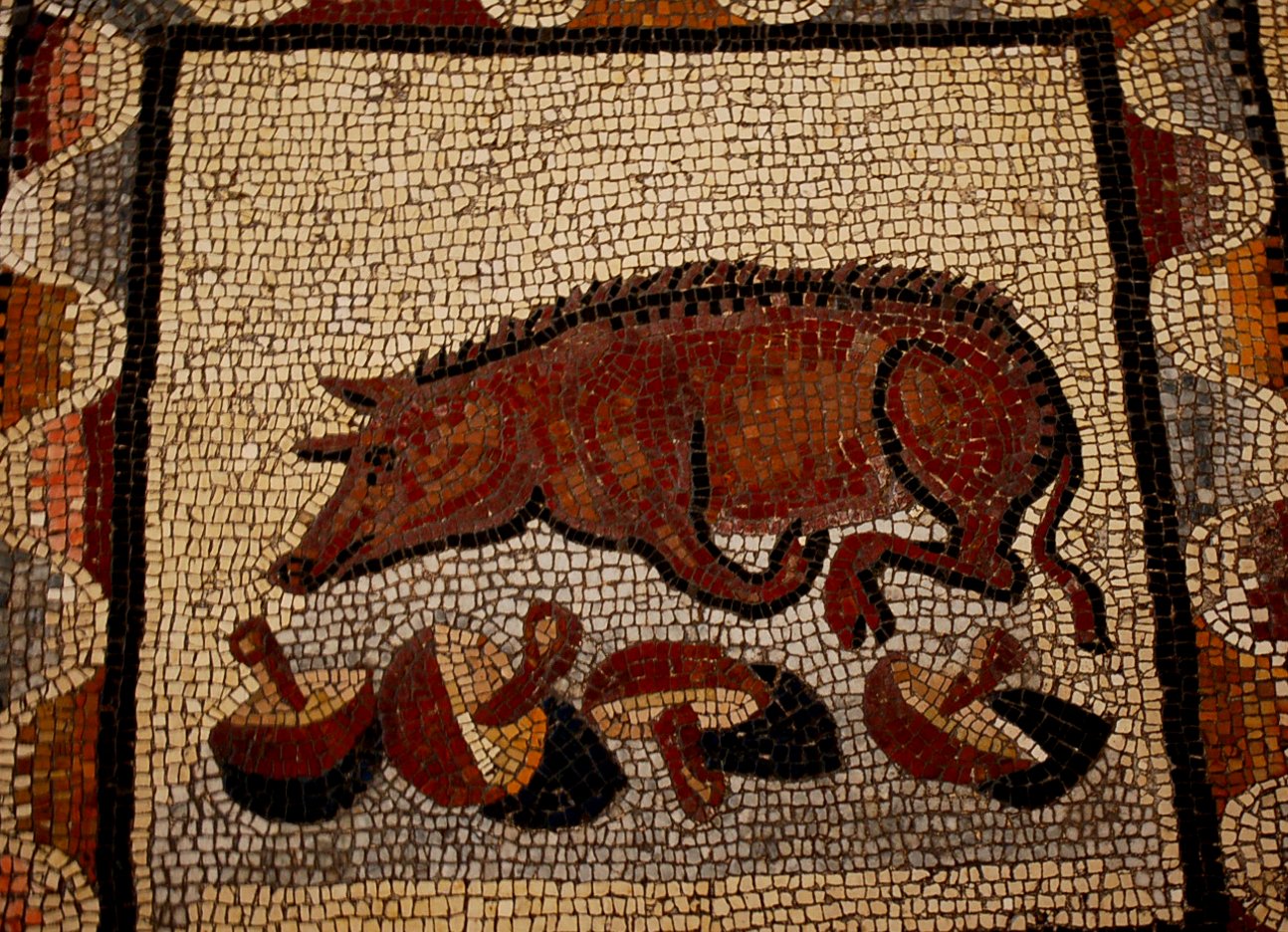
Piecing together the diet of Homo luzonensis is like solving a delicious mystery. Evidence from animal bones and plant remains in Callao Cave suggests they feasted on deer, wild pigs, and perhaps even giant rats—meals that required clever hunting and gathering skills. The presence of cut marks on bones hints at the use of stone tools, though no tools have been directly attributed to them yet. Their teeth, with both primitive and modern features, suggest a varied diet that could handle tough roots as well as softer fruits. Surviving on an island means making the most of every opportunity, and these ancient cousins appear to have been resourceful foragers.
Tools, Technology, and Daily Life
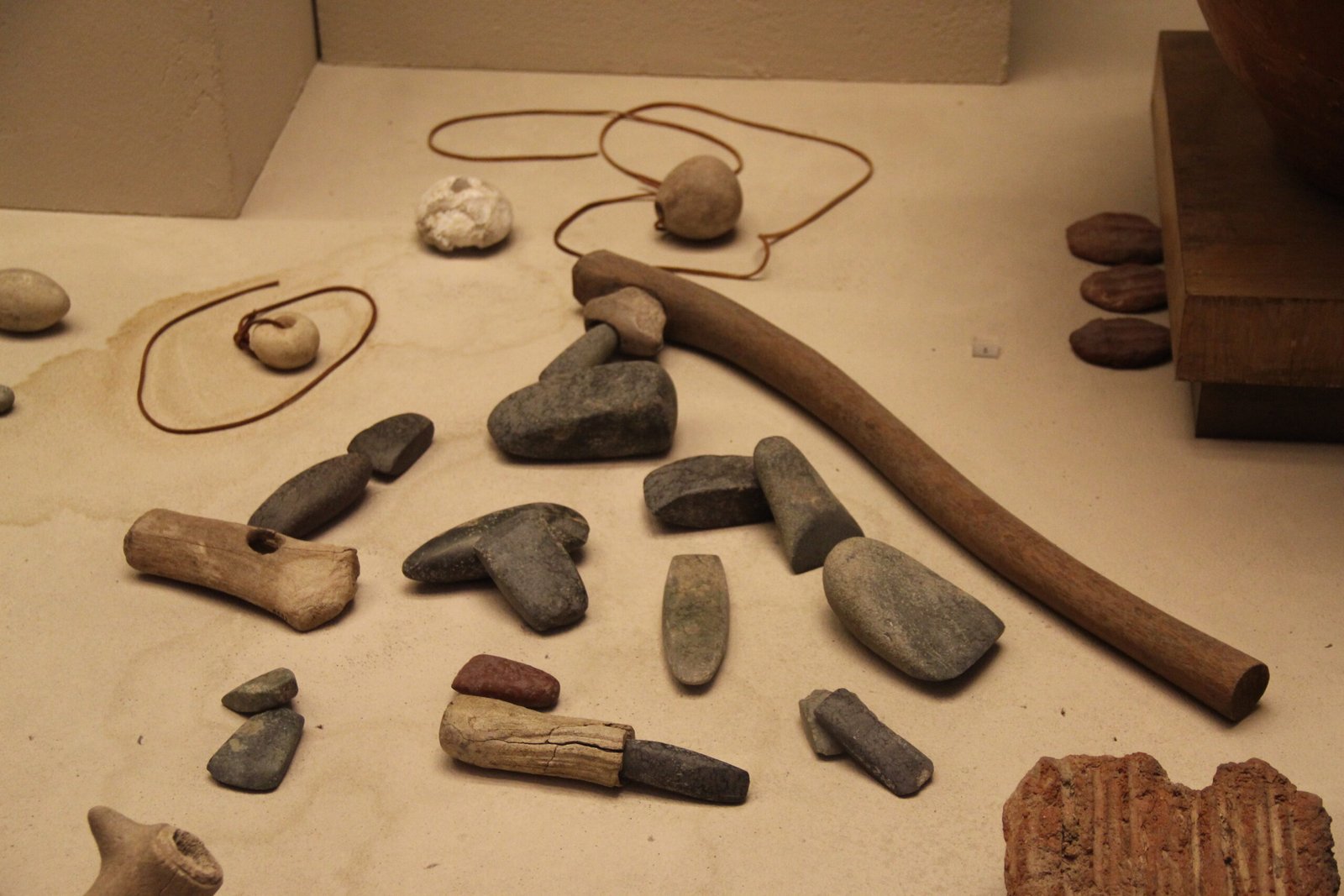
Although no tools have been found alongside Homo luzonensis remains, the evidence suggests they were not strangers to technology. Animal bones bearing telltale marks indicate that these ancient islanders may have used simple cutting tools. The absence of direct artifacts leaves plenty of room for imagination—perhaps they crafted tools from bamboo or other perishable materials, lost to time and decay. Daily life would have involved navigating dense forests, foraging for food, and perhaps even climbing trees to avoid predators or reach fruit. Their small size and agility would have been valuable assets in a world where survival depended on quick thinking and adaptability.
Family Ties: How Do They Fit In?
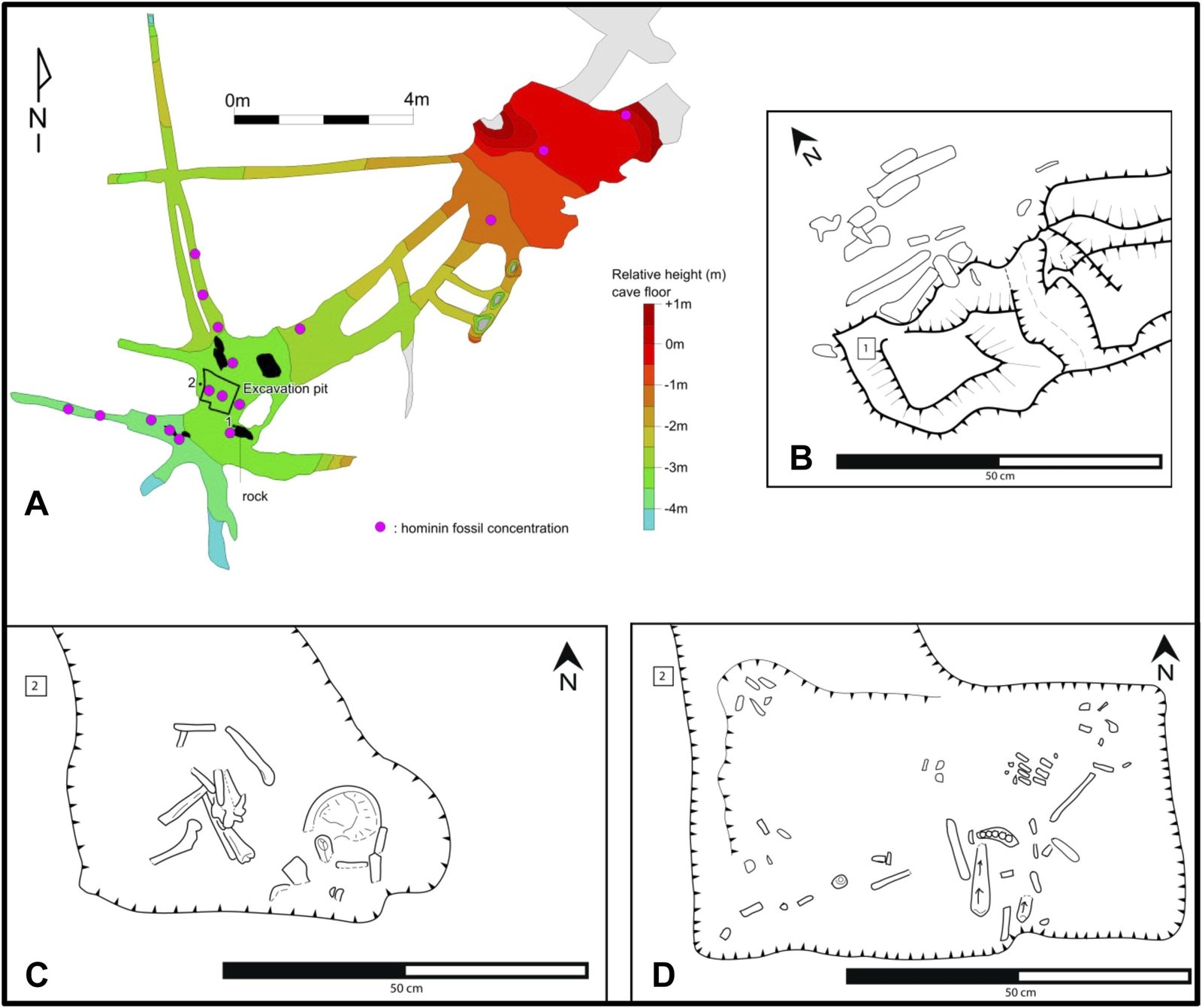
The discovery of Homo luzonensis has thrown the family tree of human evolution into delightful disarray. Genetic testing isn’t possible yet, as no DNA has been recovered from their remains. But their unique mix of traits—some ancient, some modern—suggests they may be an offshoot of early human migrations out of Africa. Did they descend from the same ancestors as Homo erectus, or are they a product of even older hominins? The questions multiply, each answer leading to new mysteries. What is clear is that our ancestry is more diverse than anyone imagined, and that human evolution is a tapestry woven with countless threads.
Comparisons to the Flores “Hobbits”

It’s impossible to meet Homo luzonensis without thinking of their “hobbit” cousins from Flores. Both species were tiny, both lived on isolated islands, and both had a puzzling blend of ancient and modern features. Yet, the two are separated by thousands of kilometers and tens of thousands of years. Did similar environments push both species down the same evolutionary path? Or is their similarity a remarkable coincidence? These questions highlight the unpredictable nature of evolution and the unique challenges faced by island populations. It’s a story that showcases nature’s inventiveness, and the surprising ways life can adapt to the world’s wildest corners.
Why We Should Care
The story of Homo luzonensis is more than a scientific curiosity—it’s a powerful reminder of our own place in the world. Their existence challenges us to rethink what it means to be human, and to embrace the diversity that has always defined our species. These tiny ancestors invite us to see ourselves in a new light—not as the pinnacle of evolution, but as one branch in a vast, ever-changing family tree. Their story is a call to celebrate the richness of our shared past, and to marvel at the resilience and adaptability that connects us all.




